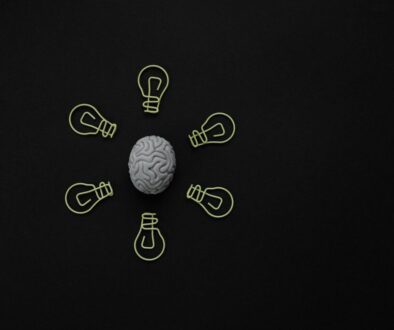Cognitive abilities (development)
“Cognition is basically the process behind thinking and developing a person’s understanding of the knowledge that they have obtained.”
Piaget’s (1936) hypothesis of cognitive development explains how a child builds a psychological model of the world. He couldn’t help contradicting the possibility that insight was a fixed quality, and regarded cognitive development as a procedure that happens because of natural development and interaction with the environment.
There are three key components to cognitive development according to Piaget’s theory:
- Schemas: Building blocks of knowledge
- Adaptation processes: that enable the transition from one stage to another
- Stages of Cognitive Development:
- sensorimotor
- preoperational
- concrete operational
- formal operational

Schemas
a cohesive, repeatable action sequence possessing component actions that are tightly interconnected and governed by a core meaning.
In simple terms, Schema is described as the basic building block of intelligent behavior. Thus, Schema is a way of organising knowledge in units that are readily accessible to us.
Piaget explained the importance of Schema and how it is defined as a set of mental representations of the world. Therefore, allows us to both understand and respond to stimuli.
Adaptation process
Piaget viewed intellectual development as a process of adaptation to the world. The process of adaptation was viewed as essential by Piaget in the development of a person. Therefore, this process occurs in the stages below:
- Assimilation
- The application of previous concepts to new concepts. Thus, this involves dealing with new stimuli.
- Accommodation
- Is the alternation of previously known concepts in the face of new ones.
Equilibrium occurs when a persons schemas can deal with most new information through assimilation. In any case, a disagreeable condition of disequilibrium happens when new data can’t be fitted into existing patterns (assimilation).
4 Stages of Cognitive Development
- Sensorimotor (birth to age 2)
- The child explores the world through direct sensory and motor contact.
- Pre-operational (from age 2 to age 7)
- The child is now capable of interacting with the world through words and images but it is still not able to reason logically.
- Concrete operational (from age 7 to age 11)
- The child has the ability to think logically now and engage in conversation.
- Formal operational (from 11+)
- The adolescent can now think in hypothetical terms and reason.
TMS treatment & Cognition
Transcranial Magnetic Stimulation (TMS) works by stimulating specific regions of the brain: specifically the frontal lobe. The frontal lobe of the brain is where our cognitive and executive functions. Therefore, stimulation in this area improves functions such as concentration, rational thinking, emotional control, cognitive abilities and more.



